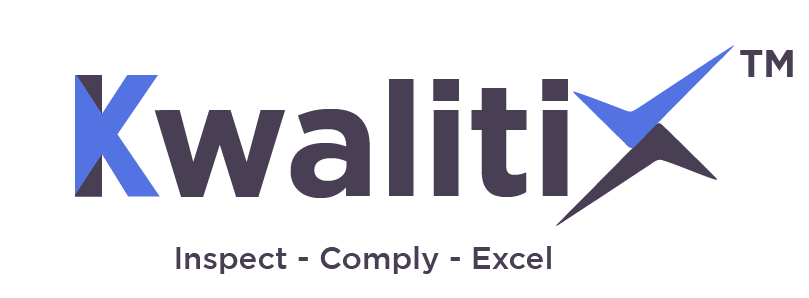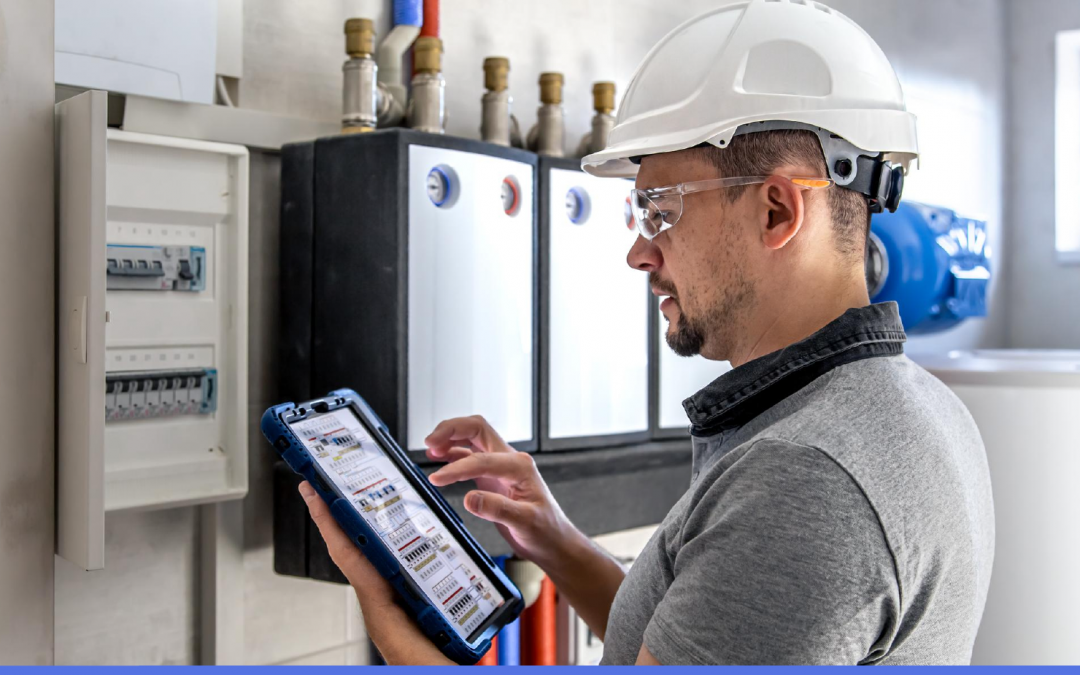Introduction
In a post-pandemic world, remote inspections and audits have become an essential part of many industries. With the advancements in technology and the need for social distancing, organizations have adopted remote inspection and audit practices to ensure compliance, maintain productivity, and mitigate risks. In this blog post, we will discuss the best practices for conducting remote inspections and audits, enabling organizations to adapt and thrive in the new normal.
1. Embrace Technology
The foundation for successful remote inspections and audits lies in leveraging the right technology tools. Choose a secure and reliable video conferencing platform that supports screen sharing, high-quality audio, and video capabilities. Ensure all parties involved have access to the necessary software and hardware to participate effectively. Additionally, explore digital collaboration tools that enable real-time document sharing, annotation, and version control.
2. Establish Clear Communication Channels
Effective communication is crucial when conducting remote inspections and audits. Establish clear channels of communication to ensure all stakeholders are on the same page. Provide guidelines and expectations for participants regarding meeting schedules, agenda, and required documentation. Encourage regular check-ins to address any questions or concerns and maintain open lines of communication throughout the process.
3. Pre-inspection Planning and Preparation
Before conducting remote inspections or audits, meticulous planning and preparation are key. Define the scope, objectives, and timeline of the inspection or audit. Prepare a checklist of required documents and information and ensure they are easily accessible and organized. Provide participants with detailed instructions on how to prepare for the remote inspection or audit, including any specific software or tools they may need.
4. Establish Documentation Processes
Remote inspections and audits heavily rely on documentation. Establish standardized processes for document sharing, version control, and storage. Use cloud-based platforms to centralize and securely store all relevant documents, ensuring easy access for all parties involved. Clearly label and organize files for efficient retrieval during the inspection or audit. Implement digital signatures or electronic approvals to streamline document review and acceptance processes.
5. Video and Audio Quality
To ensure effective communication during remote inspections and audits, pay attention to video and audio quality. Strong internet connectivity is vital to maintain clear video and audio feeds. Encourage participants to use quality microphones and headphones to enhance audio clarity. During the inspection or audit, ensure participants have proper lighting and minimal background distractions. Consider recording the sessions for future reference or review.
6. Adapting to Site Limitations
In some cases, remote inspections and audits may not provide a complete view of the site or facility being assessed. It’s important to acknowledge and address these limitations. Explore alternative methods such as requesting additional photos or videos from the site, utilizing remote access to relevant systems, or scheduling on-site visits for critical inspections that cannot be conducted remotely.
7. Data Security and Privacy
When conducting remote inspections and audits, prioritize data security and privacy. Ensure that all participants are aware of the security measures in place and adhere to best practices for data protection. Implement secure file-sharing methods, such as password-protected documents or encrypted file transfer protocols. Follow industry-specific compliance guidelines to safeguard sensitive information and maintain confidentiality throughout the process.
8. Flexibility and Empathy
Remote inspections and audits may present unique challenges and unforeseen circumstances. Embrace flexibility and empathy to accommodate participants’ needs and limitations. Understand that technical difficulties or distractions may arise during the process. Be patient and supportive, providing assistance when required. Foster a collaborative and understanding environment to ensure the success of remote inspections and audits.
9. Post-inspection Follow-up
Once the remote inspection or audit is complete, it’s essential to conduct proper follow-up procedures. Provide participants with a clear summary of the findings, including any corrective actions or recommendations. Schedule post-inspection meetings to discuss the outcomes and address any lingering questions or concerns. Collaborate with the relevant stakeholders to develop an action plan based on the inspection or audit results. Set realistic timelines for implementing necessary improvements or corrective actions, and establish a mechanism for monitoring progress.
10. Continuous Improvement
Remote inspections and audits offer an opportunity for continuous improvement. Collect feedback from participants and evaluate the
effectiveness of the remote inspection or audit process. Identify areas for enhancement and implement changes accordingly. Regularly review and update inspection or audit protocols to ensure they align with evolving industry standards and best practices.
11. Training and Education
To ensure the success of remote inspections and audits, invest in training and education for all involved parties. Provide participants with guidance on using the necessary technology tools effectively. Offer training sessions on remote inspection or audit protocols, documentation processes, and communication strategies. Promote a culture of learning and encourage ongoing professional development in remote inspection and audit practices.
12. Monitor Regulatory Updates
Stay informed about any regulatory updates or changes that may impact remote inspections and audits in your industry. Keep track of evolving compliance requirements and adapt your processes accordingly. Regularly review and update your protocols to align with the latest regulatory standards, ensuring your remote inspections and audits remain compliant and effective.
Conclusion
In a post-pandemic world, remote inspections and audits have proven to be effective methods for ensuring compliance, productivity, and risk mitigation. By embracing technology, establishing clear communication channels, and focusing on thorough planning and preparation, organizations can successfully go for conducting remote inspections and audits. Prioritizing documentation, video and audio quality, data security, and flexibility will further contribute to the success of the process. Continuous improvement, training, and staying updated with regulatory changes are essential for optimizing remote inspections and audits in the long term. By implementing these best practices, organizations can adapt and thrive in the new normal of remote inspections and audits.

